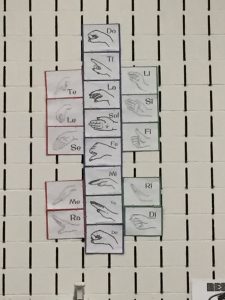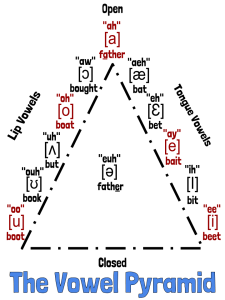I have studied voice for 9 years and I have taught private voice lessons. Some of my past teachers include Dr. Jennifer Schuetz (4 years) and Tricia Toledo (3 years). I have privately studied piano (5 years) and have experience in clarinet (5 years).
Additionally, I have taken the following courses outside of the common music major load:
- Foundations and Principles of Teaching Music
- Brass Techniques
- Woodwind Techniques
- String Techniques
- Percussion Techniques
- Voice Techniques
- Vocal Pedagogy
- Jazz Theory, Harmony, and Arranging
- History of Renaissance Music
- History of Post WWII Music
- Music & the Exceptional Child
- Elementary/General Music Methods
- Instrumental Music Methods
- Choral Music Methods
- Orchestration
- Reading, Writing, and Communicating in the Content Area
- Piano Class (4 semesters)
- Music Theory (4 Semesters)
I have also been a part of as well as lead a cappella and vocal jazz groups. I spent my second-semester senior year assistant directing the women’s vocal jazz group at IWU, Friday’s at Noon, as an independent study.
Additionally, I have worked as assistant music director on Irving Berlin’s White Christmas at Normal Community West High School as well as Shrek, Jr. at Bloomington Jr. High School. Through these experiences I collaborated with other directors, parents, and students to create musical theatre.




